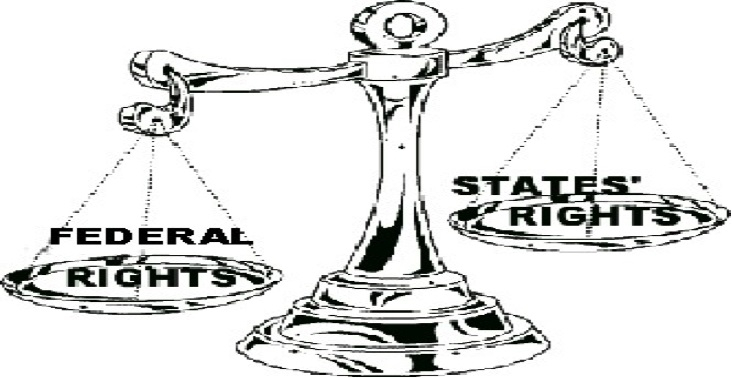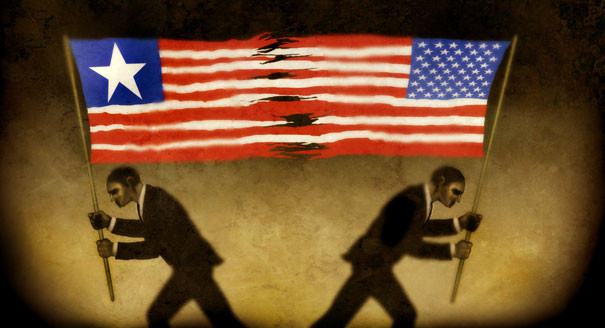States and federal rights
Regarding the function of the government, two groups have developed since the American Revolution. Some people contended that the states should have more freedom, while others insisted that the federal government ought to have more power.
The Articles of Confederation established the first formal government in the United States following the Revolution. The 13 states came together to form a shaky Confederation with an ineffective federal authority. However, as issues developed, the shortcomings of the Articles compelled the time's leaders to convene in the Constitutional Convention and draft the U.S. Constitution, covertly.
Patrick Henry and Thomas Jefferson, two prominent supporters of states' rights, were not present at this meeting. Many believed that the new Constitution disregarded states' rights to maintain their independence. They believed that the states should continue to have the freedom to choose whether or not they wanted to embrace particular federal laws.
The concept of nullification was born as a result, giving states the authority to declare federal laws to be unlawful. This right was denied to states by the federal government. However, supporters like John C. Calhoun, who quit his position as vice president to serve as South Carolina's senator, fiercely pushed for nullification. Many Southern states moved toward ideas of secession when nullification failed and they believed that they no longer had any respect for them.







